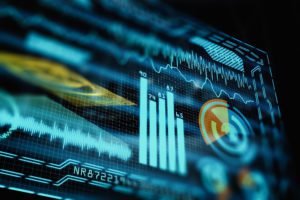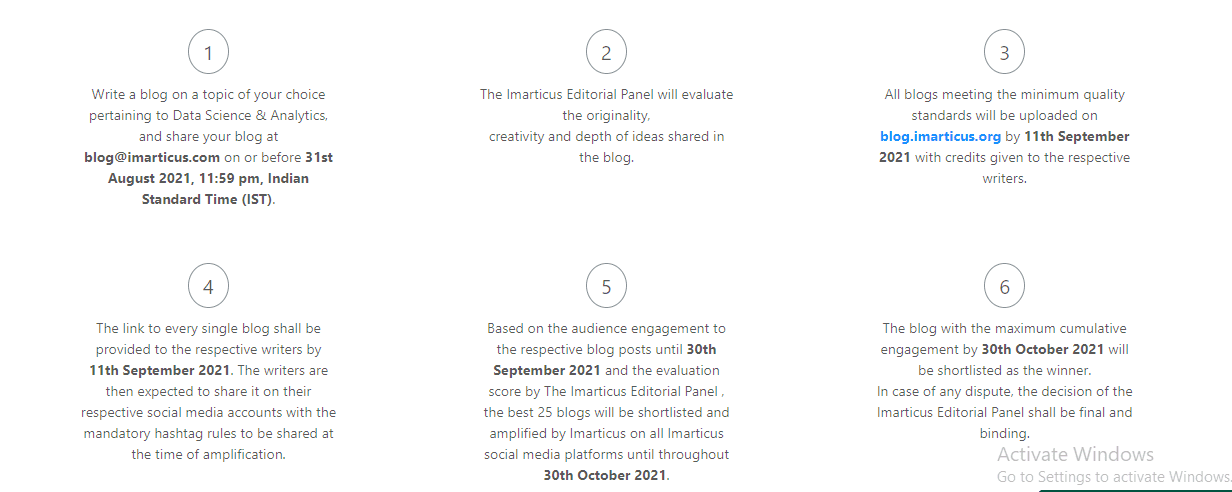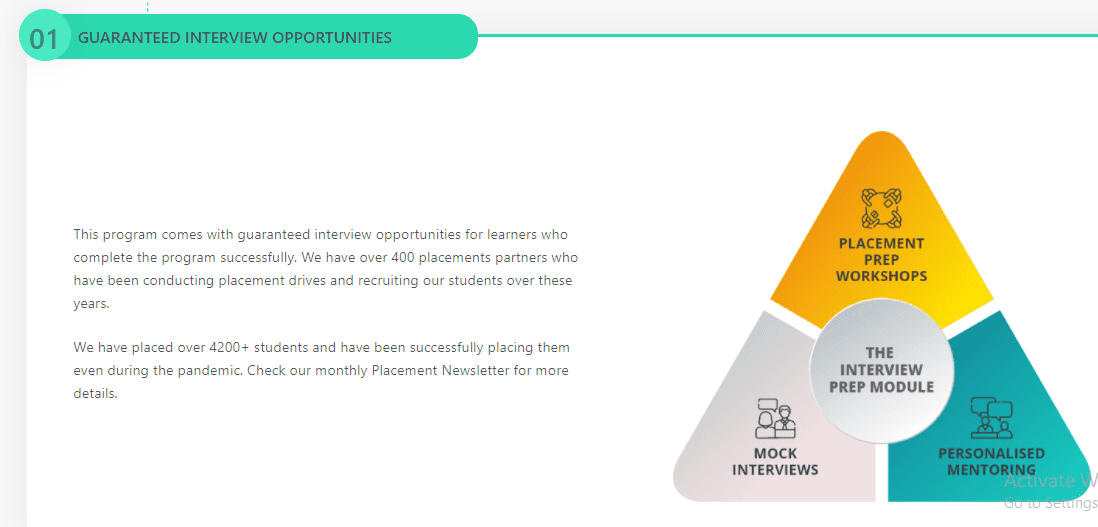Almost all of us are familiar with social media in 2021. There are many social media platforms run by different companies in the world. Not to forget, the large number of social media users that have been added in recent years. With the rise of social media, the amount of data produced by different platforms is unmatchable.
The likes, shares, and comments across social media platforms contain information regarding user behavior. It is why business organizations are using big data analytics to make the best use of the data available on social media platforms. Big data analytics is widely used in social media to shape marketing strategies and much more. Read on to know seven ways how big data analytics is used in social media.
- Omnichannel presence
Many business applications and websites have a social media integration. Customers can log in to a business application using their social media credentials. It helps businesses to collect customer data from social media platforms and use them to provide better services. You can get access to social media posts, browser history, and much more. Since customers have an omnichannel presence, you can collect data from all sources to know more about the preferences of customers.
- Real-time activity monitoring
Social media is a place where you immediately get to know when someone has liked a post or shared a product link. Businesses monitor the activity of customers on social media to know about their current mood. If a social media user is liking your product posts, you can show them an email quickly to convert them into a customer. No other platform can inform customer preferences in real-time other than social media. Big data is used extensively to collect real-time activity reports on social media.
- Forecasting
When big data is mixed with modern-day technologies like ML and AI, it can predict customer preferences. Based on customer habits on social media, AI/ML algorithms predict their demands. Businesses then focus on releasing new products/services as per the future demands. For example, when a customer buys something online, the chances of them buying similar products increase.
- Security
Data vendors cannot illegally transfer customer data to the wrong hands. When customers share data on social media, that data can only be used for business purposes. Your social media data cannot be placed in the wrong hands by business organizations. Big data is used for enhancing the security of social media platforms based on customer suggestions.
- Campaign monitoring
Marketers run social media campaigns to boost their ROI (Return on Investment). Using big data, marketers can know how well a social media campaign has performed. Young aspirants can go for big data training to know more about how to run social media campaigns and study high-end analytics. 
- Product pricing
When a firm launches its product on social media, customers give their valuable opinions. Social media is widely used to determine whether customers are satisfied with the pricing of a product or not. Big data training includes data collection from social media channels and how to analyze them.
- Ad creation
Social media is used to collect info about customer preferences. Based on that info, targeted, and personalized advertisements are displayed on social media channels. Technologies like Hadoop programming and Python programming are also used by big data analysts in social media.
Young aspirants can go for the big data analytics programs launched by Imarticus Learning. Its PG Program in ML and Data Analytics can help working professionals in getting a raise. It also offers a Data Science Prodegree course is also for future data scientists. Start your big data course and learn Python and Hadoop programming!






 It is true that the organizations are increasingly becoming data-centric, that they allot nearly 40 percent of their technology budget for digital transformation.
It is true that the organizations are increasingly becoming data-centric, that they allot nearly 40 percent of their technology budget for digital transformation. Given above are some use cases that explain the application of big data in various industries. Apart from this, education, healthcare, digital advertising, environmental studies, human rights, etc. are some prominent areas that use big data to streamline their actions.
Given above are some use cases that explain the application of big data in various industries. Apart from this, education, healthcare, digital advertising, environmental studies, human rights, etc. are some prominent areas that use big data to streamline their actions.
 One can learn big data management via
One can learn big data management via 
 Analytics, in general, has three important components – business context, technological intentions, and data science.
Analytics, in general, has three important components – business context, technological intentions, and data science.





 Learning how to efficiently analyze large sets of data can help make you stand out from other applicants who might have an impressive resume but lack experience with big data tools like Excel and R programming language.
Learning how to efficiently analyze large sets of data can help make you stand out from other applicants who might have an impressive resume but lack experience with big data tools like Excel and R programming language. Furthermore, it can help you by providing reports on the time spent on each campaign or task that will enable you to measure how much effort is put into work. Thus, learning how to utilize
Furthermore, it can help you by providing reports on the time spent on each campaign or task that will enable you to measure how much effort is put into work. Thus, learning how to utilize  The curriculum includes a range of topics, from basic statistics and probability theory to advanced machine learning techniques. You can learn data analytics online at your own pace, so there’s no need to put off enrolling until you have more time or money!
The curriculum includes a range of topics, from basic statistics and probability theory to advanced machine learning techniques. You can learn data analytics online at your own pace, so there’s no need to put off enrolling until you have more time or money!